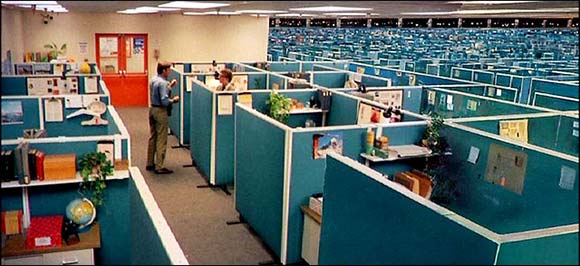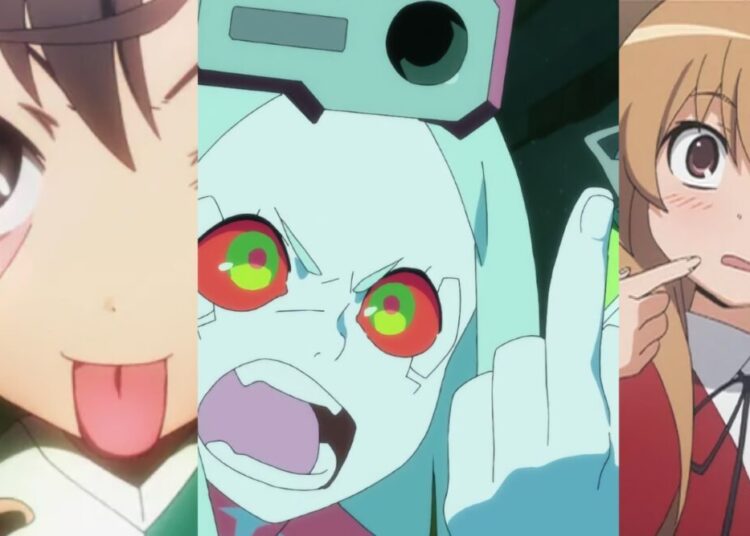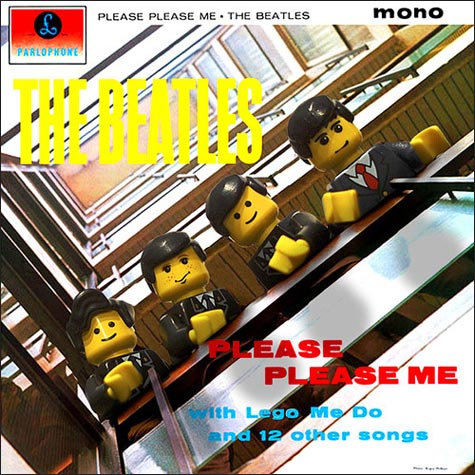In the movie Tron, there’s a great scene where you see this sea of cubicles going on forever, an extremely prescient visual for 1982. I’m pretty sure most people wouldn’t look at that part of the film and say, “Wow, that’d be a great place to work!” but in Japan, that might not be the case. Japanese offices are nearly always open, with desks lined up in rows or facing each other so that the only privacy workers have at their desks is whatever reference books they can manage to stack around themselves. Before starting J-List I worked in the local City Office as a “Coordinator of Internationalization,” helping to provide various services to foreigners in our city, and it was a rather unnerving experience, working in a room where 30+ people had a direct line of sight to me at any moment. Larger organizations use the open floor office model, too. Once I visited one of our distributors (Tohan) and was surprised to see the entire company working in one cavernous space with rows of desks and hundreds of people buzzing about, without so much as a cubicle wall to hang a Dilbert strip on. One interesting aspect of this open approach to workspace-building is that the bosses are in the same space as their employees, although usually with their desks set in a special location so they can oversee the employees attached to them. At least, working in this way adds a layer of transparency and democratization to the company as a whole, even if it wouldn’t be much fun to work in.
















